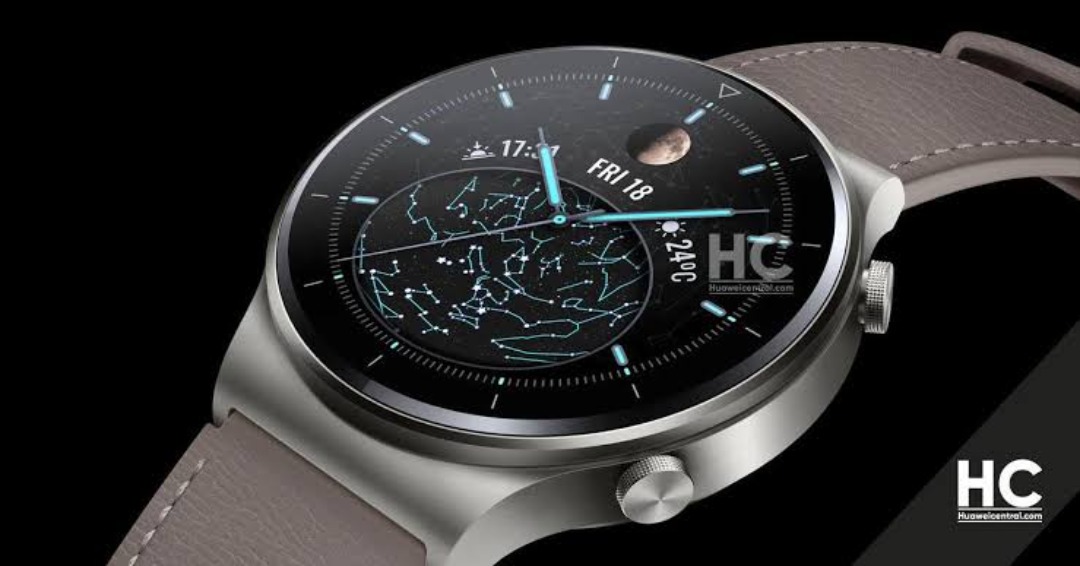Electric Resistance Welded (ERW) tubes are utilized throughout multiple industries because of their strength and precision. In construction, they function as structural help, columns, and scaffolding. In the car industry, they’re used for exhaust structures, chassis components, and guidance mechanisms.
As you can see, a variety of industries use TUSPIPE’s erw tube, including construction, the transportation of gas and oil, and power and piling projects. They only produce top-notch ERW tubes to support you in managing your company more effectively. ERW tubes are valued for his or her price-effectiveness, strength, and uniformity.
Major Benefits of the Using ERW Tubes
These benefits lead them to a preferred desire over other welded tubes for many applications, highlighting their importance in cutting-edge industrial and creation practices. Here’s a detailed exploration of why ERW tubes stand out compared to other welded tubes, together with spiral-welded or longitudinally submerged arc-welded (LSAW) tubes.
Cost Efficiency
One of the maximum sizable blessings of ERW tubes is their cost performance. The ERW technique involves fewer steps and a much less complicated system in comparison to different welding strategies. It mainly includes forming the tube from a flat strip, welding the rims using electric resistance, and then reducing and sizing. Those cost savings make ERW tubes a sensible desire for huge-scale applications, in the production and automotive industries, where price range constraints are a good-sized challenge.
Dimensional Consistency and Precision
ERW tubes are recognized for his or her high stage of dimensional consistency, which is crucial for applications requiring specific tolerances and uniformity. The ERW system permits tight management over the wall thickness of the tube. This consistency is maintained during the length of the tube, which is critical for applications like fluid transportation, in which uniform stress resistance is critical. Automatic and controlled tactics in ERW production allow excessive reproducibility and precision, lowering variability and making sure that each tube meets strict dimensional specs.
Structural Integrity and Strength
ERW tubes provide robust structural integrity and power, making them suitable for demanding applications. The electric resistance welding technique produces a weld seam that is generally as strong as the determined metal, and frequently indistinguishable from it in phrases of electricity. ERW tubes exhibit first-rate mechanical houses, such as precise tensile power and toughness, making them suitable for programs subjected to dynamic hundreds and pressure, which includes automobile chassis and construction scaffolding.
Versatility in Applications
ERW tubes are exceptionally versatile, accommodating an extensive variety of applications because of their adaptability in terms of length, material, and utilization. ERW tubes may be made of diverse materials, consisting of carbon metal, stainless steel, and other alloys. ERW tubes are to be had in a large spectrum of diameters and wall thicknesses, from small precision tubes to massive structural members. Because of their properties, ERW tubes are utilized in industries like construction (for structural additives), cars (for frames and exhausts), and electricity (for pipelines and casing).
Environmental and Quality Compliance
ERW tubes may be produced in a way that meets stringent environmental and excellent requirements. The ERW procedure is commonly more energy-efficient compared to methods like submerged arc welding, leading to decreased greenhouse gas emissions and a smaller carbon footprint. ERW tubes are regularly crafted from materials that can be recycled, helping sustainable practices. ERW tubes can be synthetic to satisfy diverse global first-rate standards (such as ASTM, API, and ISO), ensuring their suitability for critical and regulated programs.
Sum Up
Electric Resistance Welded (ERW) tubes are favored in many industries due to their precise houses and manufacturing advantages. Oil & fuel pipelines depend upon ERW tubes for transporting fluids and gasses underneath slight pressures. The production makes use of them inside the manufacturing of machinery and system frames. Inside the power zone, they’re used for casing and tubing in drilling operations.







